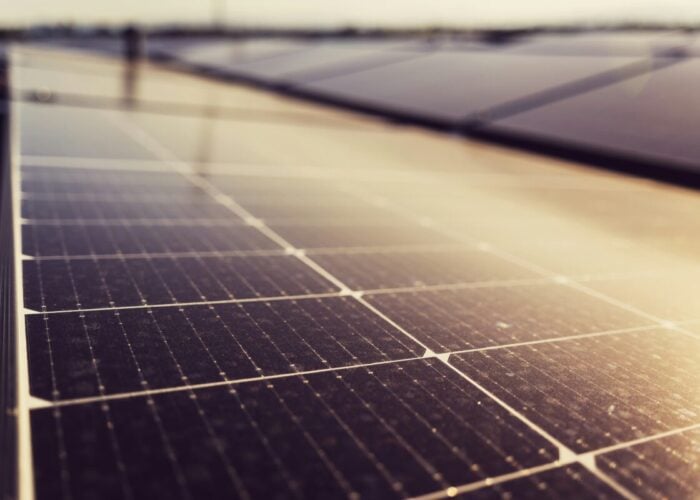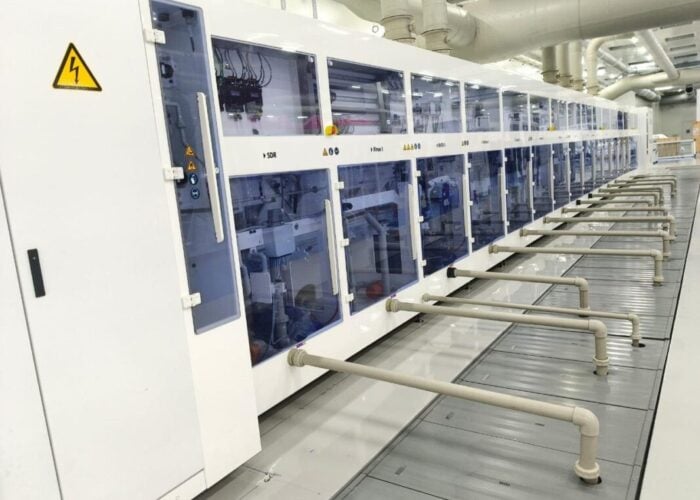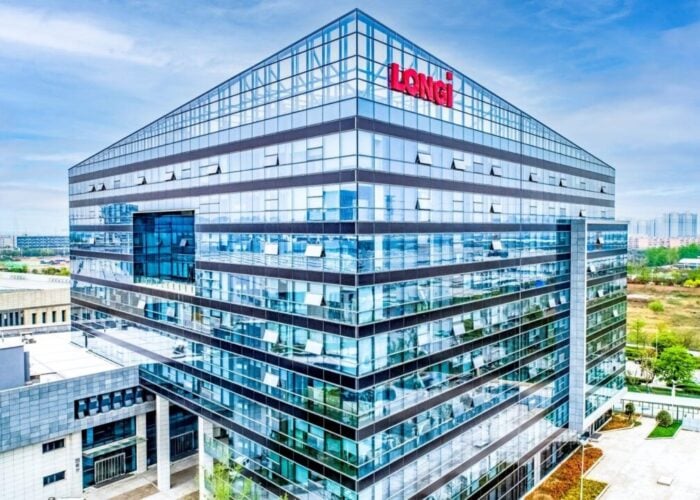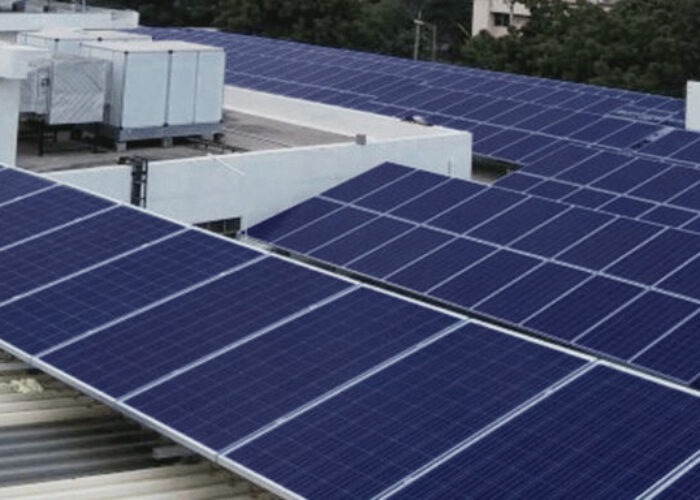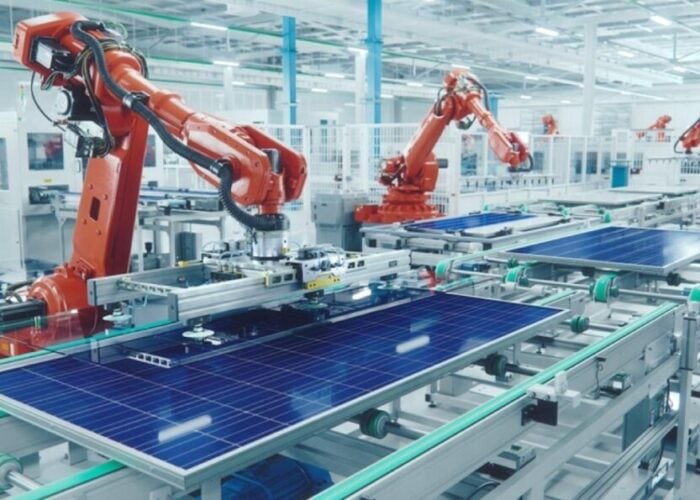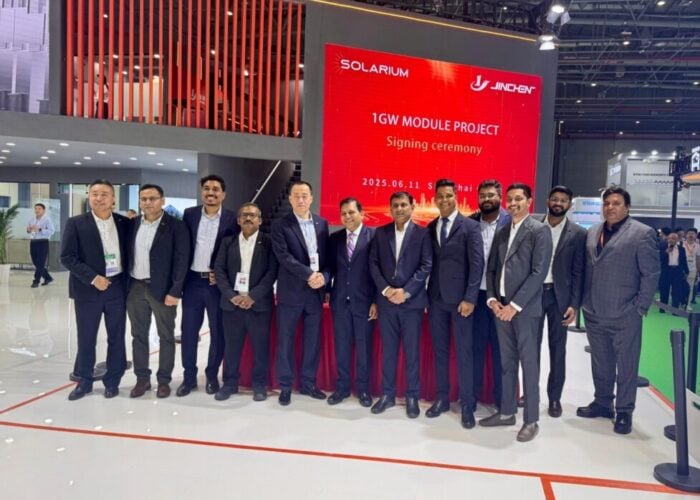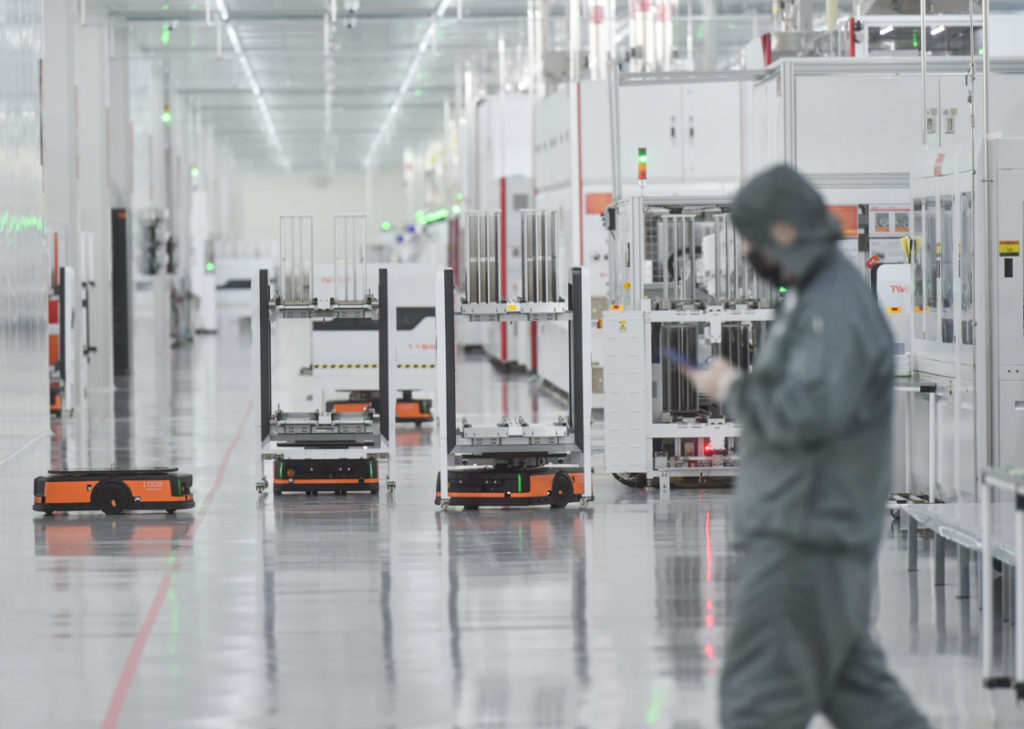
A decade can seem like a long time, especially in a fast-moving sector like the solar industry. Tongwei Solar celebrates that landmark this year, a period that has seen it evolve into a vertically integrated solar manufacturer when it started manufacturing modules in 2022. PV Tech spoke with the Chinese manufacturer’s vice general manager of PV business, Yan Li, about its ten-year mark, the launch of a new TOPCon module line and the rollout of its Global Partner Programme.
PV Tech: This year marks the ten-year anniversary of Tongwei Solar. Could you give us an overview of the challenges during these ten years and the advantages you bring?
Unlock unlimited access for 12 whole months of distinctive global analysis
Photovoltaics International is now included.
- Regular insight and analysis of the industry’s biggest developments
- In-depth interviews with the industry’s leading figures
- Unlimited digital access to the PV Tech Power journal catalogue
- Unlimited digital access to the Photovoltaics International journal catalogue
- Access to more than 1,000 technical papers
- Discounts on Solar Media’s portfolio of events, in-person and virtual
Yan Li: The most prominent challenge is market competition; the competition in the PV industry is becoming increasingly fierce, and we need to continuously innovate and improve efficiency to maintain competitiveness.
However, Tongwei Solar has several unique advantages that make us stand out in the industry. Relying on Tongwei’s extensive presence in the upstream, midstream and downstream of the industrial chain, our vertical integration enables us to control product quality and cost, and provide integrated services.
We are committed to providing high-quality PV products. Through continuous technological innovation and quality control, our products have competitive advantages in reliability and performance.
Adhering to the concept of green and sustainable development, Tongwei Solar is committed to promoting the application and popularisation of clean energy. Our PV products help customers reduce their dependence on traditional energy sources, lower carbon emissions and contribute to environmental protection.
Looking ahead, what do you expect the solar industry to achieve in 2024 and beyond?
The entire PV industry has experienced a relatively strong price adjustment in 2023. Spot prices of PV modules are at a noticeably low level, which is very beneficial to the rate of return of power stations and end users. Looking forward to 2024, the nominal production capacity of the four segments across the supply chain is expected to exceed 1TW, respectively. The forecasts of solar demand by various analysts for next year roughly fall at 500-600GW, which seems to suggest an oversupply situation. However, we need to consider that N-type advanced production capacity (mainly TOPCon) will increase its market share next year, while outdated P-type capacity will be gradually reduced. Therefore, there will not be a significant surplus in terms of market demand. Considering that module prices have reached a relatively low position this year, the price fluctuations across the industry chain are expected to be smaller next year, which will greatly stimulate solar demand.
You entered the module market in 2022. What challenges did you face when entering that segment? What motivated you to become a fully integrated manufacturer?
We needed to establish a competitive advantage in the market and attract customers to choose our products. In order to address this challenge, Tongwei Solar drew on many years of industry experience and technical strength to provide high-quality and efficient module products. Our vertical integration advantages have allowed us to achieve supply chain stability and cost control and given us a competitive advantage in the market.
Furthermore, to enter the module market, we need to continuously promote technological innovation and improve product quality and performance to meet customer needs. Tongwei Solar has been committed to R&D and innovation and has established cooperative relationships with scientific research institutions and partners at home and abroad. We continuously promote technological advancements in efficiency, reliability and sustainability, and provide customers with excellent module products.
Being a vertically integrated company clearly gives you an advantage. What other aspects do you believe helps you stand out from the competition?
We have a strong R&D team constantly exploring new PV technologies and solutions. Through continuous R&D investment, we can provide industry-leading products to meet the evolving market demand. Relying on the national enterprise technology centre, Tongwei has comprehensively carried out R&D on new solar cell technologies and made a series of important achievements. At present, we have a presence in mainstream technologies such as TOPCon, HJT, IBC and perovskite/silicon stacking, and each technology direction is matched with perfect test lines, laboratories and other R&D facilities. We have developed in various technology R&D fields. For example, in terms of TNC technology, we have developed the industry’s first 210 PECVD Poly cell pilot line and taken the lead in implementing PECVD technology in the industry. At present, more than 50% of the industry’s production capacity uses this technology, making Tongwei a pioneer and explorer in the industry’s technological development.
Tongwei Solar has established a wide range of business networks and partnerships around the world. With global market insight and flexibility, we are able to respond quickly to the needs of different regions. By expanding our business globally, we are better positioned to capture market opportunities and provide customers with a wider range of options.
Our products are also rigorously tested and certified to meet the highest international standards and industry requirements. By providing reliable products, we have won the trust and reputation of our customers.
You develop both TOPCon and heterojunction modules. Why did you decide to work with both when most of the module manufacturers only produce one?
As a world-leading PV enterprise, Tongwei Solar recognises the importance of technological diversity and the need to explore various module development approaches. Through simultaneous R&D of TOPCon and heterojunction technologies, Tongwei Solar aims to maximise its R&D capabilities and diversify its product portfolio. This approach enables us to offer a wider range of products to meet the diverse needs of our customers and serve different markets.
TOPCon and heterojunction technologies represent two different approaches to module design and construction, each with unique advantages. TOPCon modules perform well in reducing resistive losses and increasing power output, while heterojunction modules provide higher efficiency and better temperature coefficient performance. By developing both technologies simultaneously, Tongwei Solar can optimise the performance characteristics of modules and offer options based on customer-specific project needs. This enables us to reach a wider customer base and effectively meet diversified project needs, ensure customer satisfaction, and maintain a competitive edge in the market.
You recently launched your Global Partner Program. What is the aim of this new program?
Through the Global Partner Program, Tongwei aims to establish long-term and stable partnerships with excellent enterprises everywhere. We hope to cooperate with enterprises with professional experience and strength in the PV field, complement each other’s advantages in technology, market, channel and other aspects, and jointly explore the global PV market. We will provide professional training and support to help partners better understand and sell our products. Through close cooperation, we will jointly promote the development of the PV industry and achieve mutual benefits.
The Global Partner Program will provide partners with a broader space for technological innovation. We will share technology R&D achievements and resources, explore and promote innovative applications of PV technologies with partners, and provide more advanced and efficient solutions. We welcome more enterprises to join our partner network and jointly create a bright future in the PV field.
You also recently launched the ‘G12R’ TOPCon module line. What improvements do they offer compared to your previous modules? And what markets are they targeted at?
On the one hand, Tongwei G12R is designed and optimised on the basis of traditional 182mm products. Based on mainstream transportation modes, it maximises the container utilisation rate and reduces transportation costs. Marine transportation is an important part of China’s PV “going global”, and the utilisation rate of containers has a significant impact on cost-competitiveness. The length of the new G12R module is increased from 2,278mm to 2,382mm ± 2mm while maintaining a width of 1,134mm, further improving the utilisation rate (up to 98.5%) of containers.
On the other hand, G12R series products have a maximum power of 625W and an efficiency exceeding 23.1%, which can fully meet the needs of downstream diversified PV scenarios with advantages such as lower attenuation, higher output, higher return and high reliability. Compared with TOPCon-182mm modules, G12R has a power increase of more than 25W, an efficiency increase of more than 0.68%, a BOS cost reduction of 1.54% and a LCOE reduction of 0.96%. The greatly improved product power reduces integration costs and improves system benefits to bring higher product value and customer value.
The new generation of flagship products is aimed at the residential, commercial and industrial (C&I) and utility-scale power plants markets. For the residential market, we have launched two modules: one is a full-black bifacial 450W with an efficiency of 22.5%, and the other is bifacial 455W with an efficiency of 22.8%. For industrial and commercial and utility-scale power plants projects, we have launched two 620W+ monofacial and bifacial modules with an output power of up to 620W/625W and an efficiency of 23%/23.1% respectively.
As you expand your global reach, which countries or markets do you find the most interesting to grow your presence? And why?
The most promising markets include Europe, Australia, Brazil, the Middle East and Africa. Europe is the main market for overseas demand. Since the outbreak of the Russia-Ukraine war in 2022, Europe is accelerating the deployment of green energy sources to cope with the increasingly serious energy crisis. Although it is currently facing labour shortages and high inventories, the installed capacity is still expected to reach 65-70GW in 2023 and 70-80GW in 2024 (according to IHS).
As a traditional and established PV market, Australia has very stable demand, which we will also pay attention to. As for Brazil: In previous years, the local market was mainly stimulated by incentives for projects below 5MW – mainly targeted at the distributed generation market. With the termination of this incentive, the industry will face a decline starting next year. At the same time, utility-scale projects will dominate market growth next year.
Large-scale PV projects in Saudi Arabia and the United Arab Emirates will support the majority of new installed capacity in 2024, and the Middle East market is dominated by these countries. In Africa, South Africa’s growth rate is outstanding. Therefore, we will further explore the above markets, improve channel layout, and serve global customers with competitive products.

